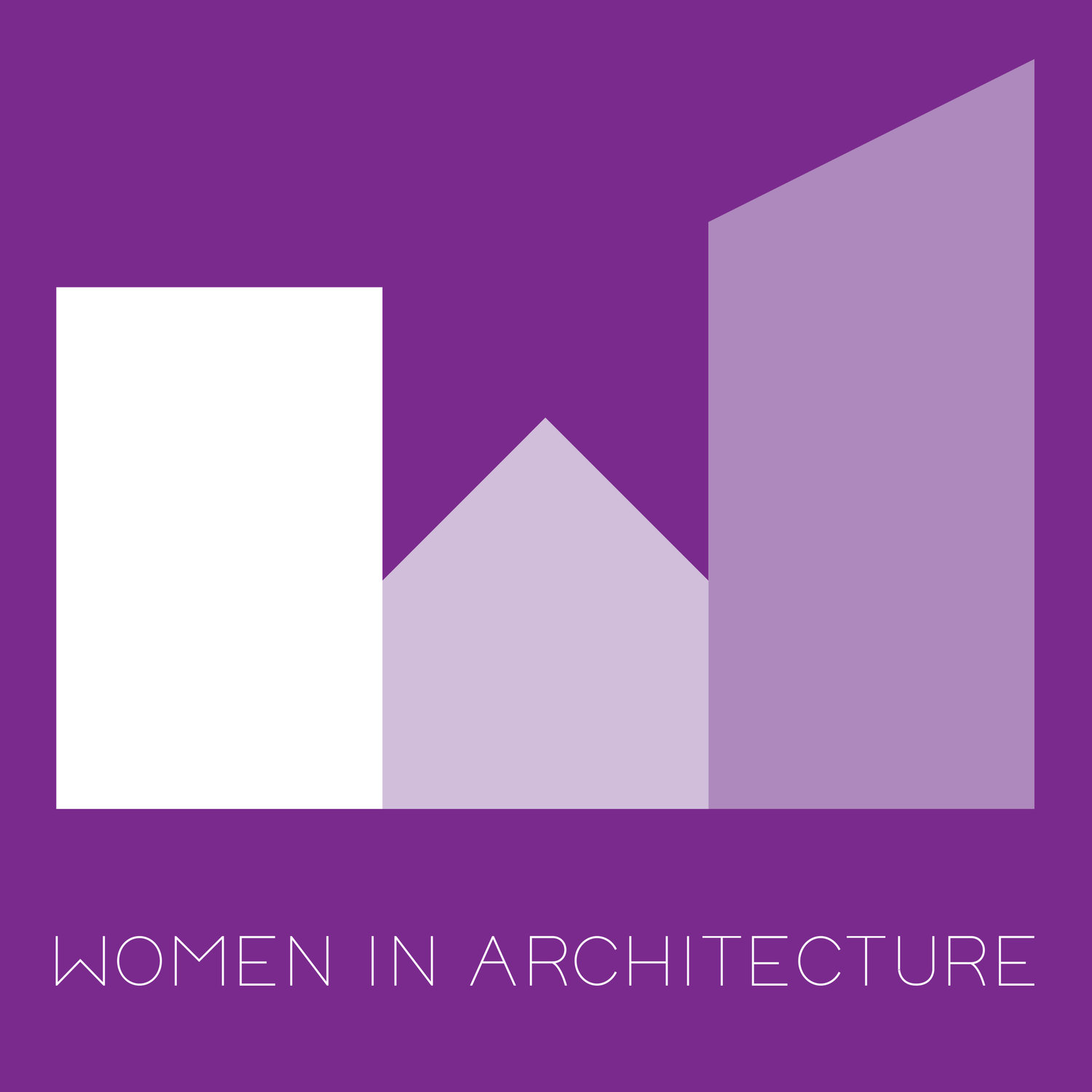“Unseen, Unspoken, Unfair – Challenging Discrimination in the Workplace”: Survey Themes and Concerns
Ahead of our WIA + LFA event Unseen, Unspoken, Unfair – Challenging Discrimination in the Workplace, we asked a one-question survey through LinkedIn and invited attendees to respond. The question was: What’s the hardest part of dealing with discrimination at work?
What the Poll Said
61% said "Changing it" – pointing to the challenge of systemic or cultural barriers.
30% said "Naming it" – highlighting the risks or fear that come with calling discrimination out.
9% said "Seeing it" – suggesting that once you’ve experienced discrimination, recognising it isn’t the main problem anymore.
We also invited people to anonymously share recent personal experiences. Thirty-three people responded, and 14 of those provided detailed first-hand stories. Here’s what came through most strongly:
1. Systemic Change Feels Out of Reach
Most people said the hardest part was trying to change things at a structural level. Leadership often uses the right language, but the systems beneath stay the same.
“Leadership says the right things but structures, fees and deadlines reward the same behaviour.”
“I was hired to ‘diversify the team’, then every design decision was already fixed.”
2. Fear of Speaking Up
A third of respondents said naming the problem felt hardest. Stories described being labelled “difficult”, or simply ignored. Some feared that speaking up could damage their career. Several stories pointed to the difficulty of raising concerns when the issue involved someone in leadership.
“Naming it means risking your job prospects.”
“HR can’t stay neutral if the partner is the problem.”
2. Psychological (un)safety – fear of speaking up.
The next-largest poll option (30%) was “Naming it – feeling safe to raise or report it”. Narratives describe being labelled “difficult”, or simply ignored. Some feared that speaking up could damage their career. Several stories pointed to the difficulty of raising concerns when the issue involved someone in leadership.
“I've reported it but as there were no witnesses or other evidence, it is difficult to take this forward.”
3. Subtle, Normalised Discrimination
Only 9% chose “Seeing it” as the hardest part, but many stories pointed to micro-aggressions and bias that are brushed off or unnoticed by others.
“Banter = casual racism in meetings.”
“Ageism. Often unspoken, but seriously affecting people in their late 40s, 50s and 60s, and older. Wisdom and experience, mentoring, and a multigenerational balance is vital in the workplace.”
4. Pay and Promotion Inequity
Nearly half of the stories mentioned unfair pay or blocked progression. This wasn’t just about perception—it was about repeated patterns.
“Less pay than less-qualified male colleagues.”
“Women passed over for senior roles year after year.”
“A lot of our female colleagues are not being promoted against our male counterparts.”
5. Harassment Framed as Humour
Some stories involved comments, jokes, or social interactions that went too far – but were brushed off as humour.
“A CEO created and promoted jokes and masked them as 'office banter'.”
6. Mental Health and Leaving the Profession
A third of those who shared stories also shared that they left their job or sought therapy as a result of their experiences.
“As a freelancer, navigating these issues proved particularly complex as it makes me even more vulnerable than a full-time employee, and I’ve since prioritised my wellbeing and professional boundaries.”
7. Intersectionality Makes it Harder
People who are women of colour, older, or on visas often face overlapping challenges.
“Gaslighting behaviour from management…. linked to forms of micro aggressions as I identify as women from black African background.”
“I never confronted him because as someone on a visa, I did not want to burn a bridge that might be helpful for me someday.”
“It left a big scar on me because I know for a fact that I would not have faced this [situation] if I were not from the country I am from.”
What People Are Most Worried About
From both the poll and the stories, six concerns came up repeatedly:
Whether anything will actually change after they speak up.
Career-limiting backlash if they name bad behaviour.
Invisible barriers – being excluded from key meetings, informal networks or decision-making.
Fair pay and promotion structures, which they perceive as opaque or biased.
Leadership accountability – senior partners/CEOs both cause and ignore problems.
Personal wellbeing: burnout, anxiety, and the need to leave a toxic environment.
Stories strongly confirm that systemic change – not personal resilience – is the core challenge. Narratives of unsupportive structures make clear why a third of respondents dread speaking up. Once victims recognise bias, visibility is no longer the main hurdle; others still struggle to see it.
The Takeaway
The stories back up what the numbers already showed: changing systems is the hardest part. It’s not about people being too sensitive or needing to be tougher. It’s about working in environments that don’t respond when problems are flagged.
These stories also broaden the picture – showing how discrimination connects to pay, mental health, and who stays in the profession.
Real change will need more than just good intentions. It means leadership taking accountability, pay systems being transparent, reporting routes being clear, and mental-health support that understands the added weight of bias and intersectionality.
“Rather than staying silent, I’ve chosen to use my experience to help raise awareness and support others facing similar barriers in our industry. That’s why I’m especially committed to attending this important event and grateful for the opportunity to share my story.”
“I joined a London practice and I notice there are extremely few women in senior management roles…and no non-native British people in senior management roles. That does not fill me with much hope for my future there. How can I navigate this situation?”
Further reading and resources:

